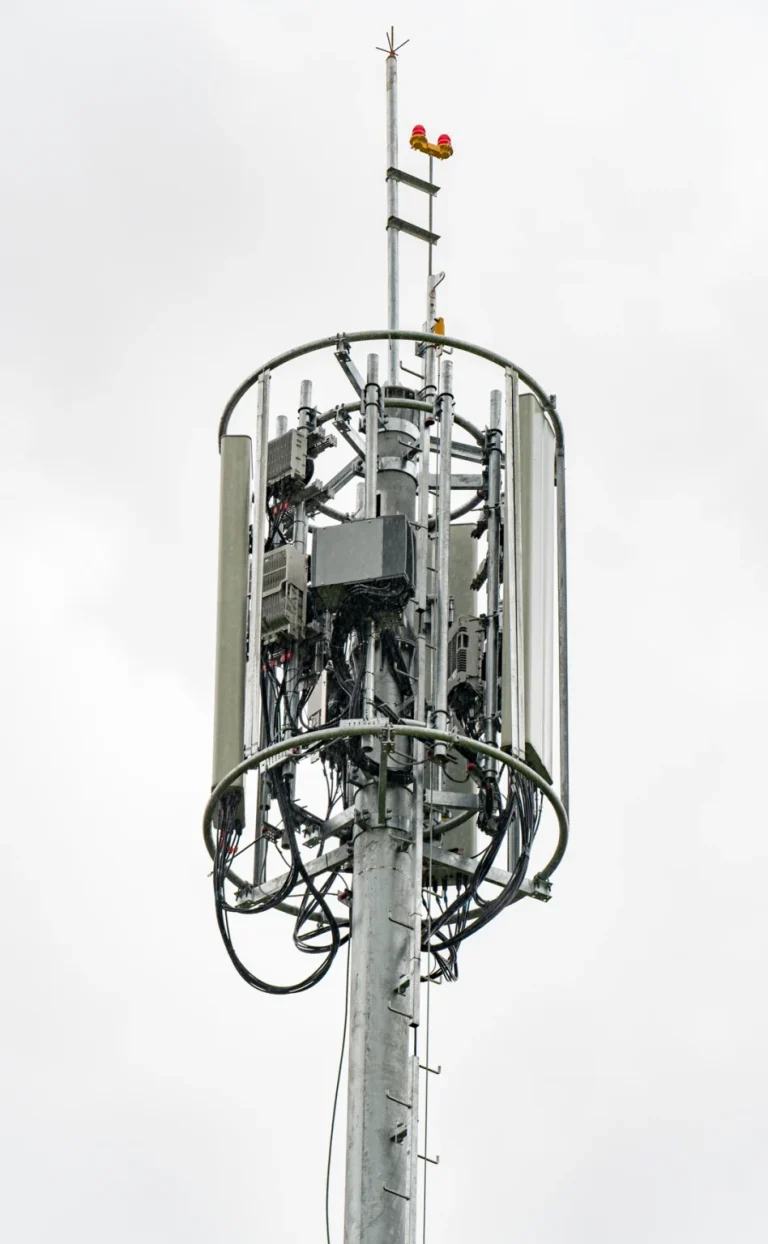Established in 1867, the Universidad Nacional de Colombia (UNAL) is the main public education entity linked to the Colombian Ministry of Education. The institution has several campuses nationwide and is one of the most renowned in Latin America, with around 50,000 students currently enrolled in more than 450 courses.
Ciudad Universitaria, also known as Ciudad Blanca, is the main campus of the Universidad Nacional, located in Bogota. Its conception came from a pedagogical review prepared by Fritz Karsen (1885- 1951), a German pedagogue, for the then-existing University. Subsequently, following the philosophy day. The campus is considered the first modern developed by Karsen for the “new” University, a university city in Latin America novel architectural project was created. Designed by architect Leopold Rother (1894-1978), winner of the educational competition proposed by the University, who translated this philosophy into a central square as the heart of the University City, around which are the school buildings, a configuration kept to this day. The campus is considered the first modern university city in Latin America.
The educational complex extends over 1.2 square kilometers, where around 54,000 people attend daily, including students, teachers, staff, visitors, and the general public, who expect and demand connectivity.


Ciudad Universitaria, despite its size and large number of visitors, depended on coverage from antennas located outside the campus. Due to its architecture and historical importance, most of the buildings and spaces are classified by the Colombian government as National Heritage of Cultural Interest, which protects them from any large scale intervention and prohibits the installation of traditional telecommunications infrastructures, such as tall towers and rooftops.
Therefore, one of the main challenges of the project was to develop a solution that offered the necessary coverage and capacity to serve the public, with minimal visual impact and occupying the least physical space, while adhering to the original architecture.
The best solution was to deploy an SLS system. Initially, three infrastructures for mobile networks were installed, using existing light poles as support. The fiber that connects them was installed in underground ducts, completely hidden from public view. Despite the massive flow of people on campus, the installation of the system was well-coordinated and completed in two months without negatively affecting the daily operations of the campus.
Subsequently, the coverage of Ciudad Universitaria was further increased with two twenty-meter monopoles to serve a second operator, in addition to extending the fiber network to connect these new structures.
The positive results were confirmed by university attendees themselves: the number of complaints due to lack of signal was drastically reduced. On-site measurements attest to an improvement of 60% in the quality of service, on average, when compared to the original phase.
The centuries-old Universidad Nacional received the most modern telecommunications infrastructure on its main campus, bringing connectivity to all its visitors, using discreet infrastructures that maintained and respected its magnificent architecture.